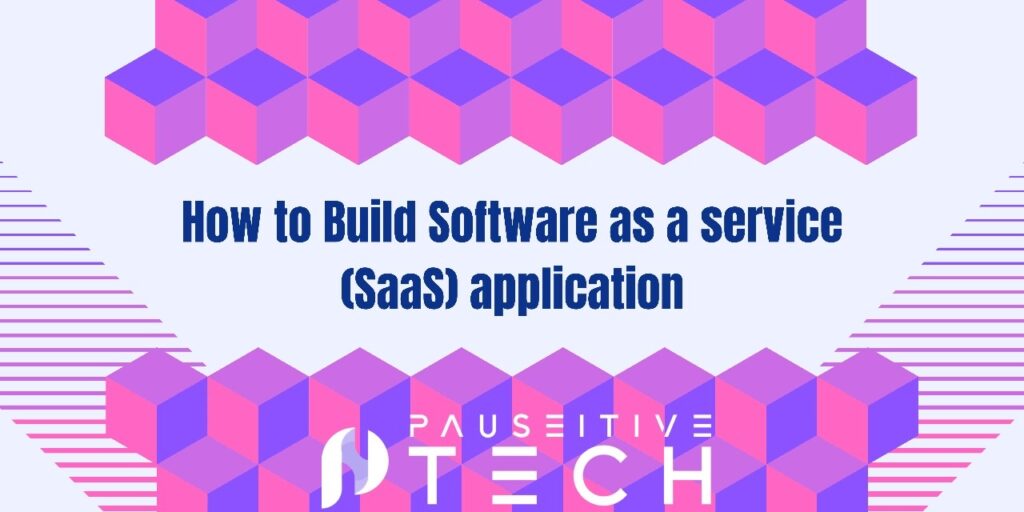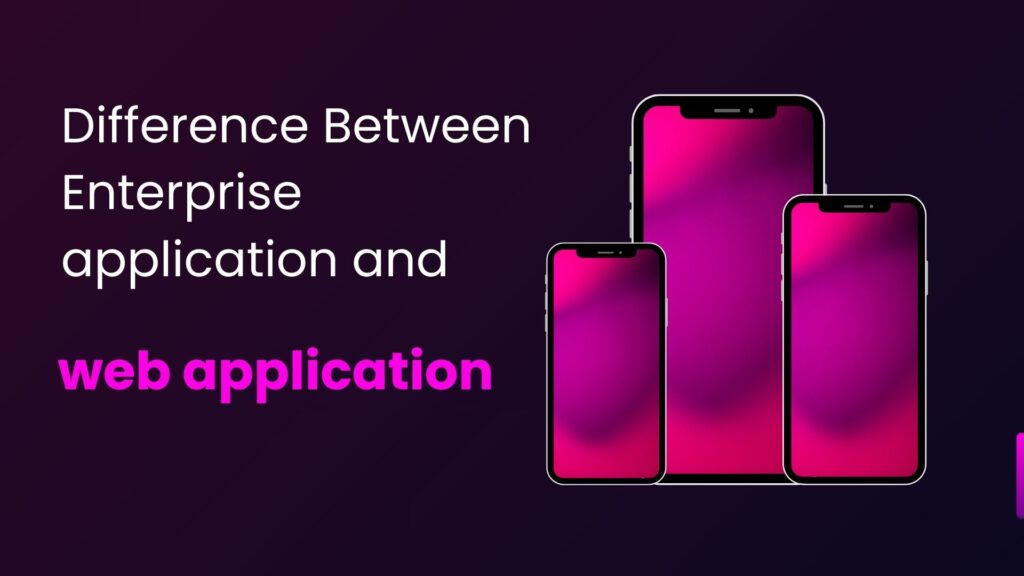Designing of SaaS application is a methodical process that involves the skillful application of technology, together with understanding the market evolutions. With the increased adoption of cloud solutions as a key to business growth, SaaS applications are essential for delivering software as services over the web with minimal accompaniment from users. In this guide, we will discuss the general steps of how to build software as a service (SaaS) application.
How to Build Software as a Service (SaaS) Application

Step 1: Define the Problem
The first question you need to answer before you start building your SaaS application is what problem you will solve with your software. Ensure the market is viable, talk to potential users, and identify the primary functionalities the product will rely on.
Step 2: Define Your Target Audience
It is critical to evaluate the potential audience of the application being developed, as it will help build effective software. Create user personas that describe the gender, age, occupation, and needs of the viewer who will be watching your ad.
Step 3: Select the proper technology stack
Choose the technology stack that will meet your product needs, your current and future scaling demands, and your team’s capabilities. Some widely used platforms for SaaS applications are technologies such as Ruby on Rails, and Node. languages like Python, frameworks like Flask or Django, and databases like PostgreSQL or MongoDB.
Step 4: Identify the user interface
For the users to continue to stick to the interface, it needs to be neat and user-friendly. Consider making features that help users interact with products and services without much difficulty, while improving the experience.
Step 5: Development of the Application
Commence coding of your application, starting with the segmentation of the entire project into tasks. Use an iterative approach and develop and deliver the features incrementally, so that you can change the features based on the feedback from users.
Step 6: Implementation of security measure
Since SaaS applications deal with the users’ data, it is essential to have proper security protocols in place. This involves encryption of the data, proper authenticating methods, and checking for possible weaknesses frequently.
Step 7: Test and Launch
Conduct a series of tests that allow us to find all existing bugs and user experience shortcomings before the application release. This phase is a chance to know the general response of beta users to help with adjustments before the mass release.
Step 8: Monitoring and Enhancement
After the launch, it becomes important to track and analyze the feedback received, performance indicators, and market environment. It will help you improve your application and ensure that this application does not become obsolete to users.
Step 9: Choose a Price Structure
This is especially the case because developing a pricing model is the foundation to the success of your SaaS application. It is possible to evaluate different approaches to prices – subscription, freemium, tiers, or peruse. Collect information about your competitors’ prices and potential clients’ opinions to define the best and most profitable offer for your company.
Step 10: Set up Customer Support
Create a highly efficient customer support system that will cater to customer concerns and help them configure the product. These may be live chats, e-mail support, help desks, and extensive FAQs. It has been found that excellent customer support can effectively increase user satisfaction, helping retain customers in the long run.
Step 11: Marketing and User Acquisition
Marketing strategies to be employed to market the SaaS product. Focus on the widely used DMA methods like SEO, content marketing, social media advertising, and e-mailing to the targeted audiences. Track the performance of your marketing campaign and optimize your strategies for increased user conversion, as well as brand awareness.
Step 12: Scale Your Applications
When you obtain more users, be ready to grow your infrastructure to cater to the expansion of clients. It may include improving your script, making your cloud solutions, or using load balancing to maintain performance. Scalability is the core component of continuing to provide a positive user experience as the application grows.
Step 13: Update Features As Often
For this reason, make sure you regularly release a new version of your SaaS application with new functionalities, changes, and additional protection measures. Involve the users to get their perception of change in their requirements, and then incorporate it into the development plan. The ability to act on continuing improvement will not only increase user satisfaction but will also lead to repeat customers advocating for your product.
Conclusion
In conclusion, how to build software as a service (SaaS) application. Creating a successful SaaS application involves strategy, testing and developing, and above all, understanding what people need and want. By following these steps and using the tips for success outlined in this article, you can develop a reliable and worthwhile software product that meets today’s business needs. Therefore, start erecting your SaaS empire.



